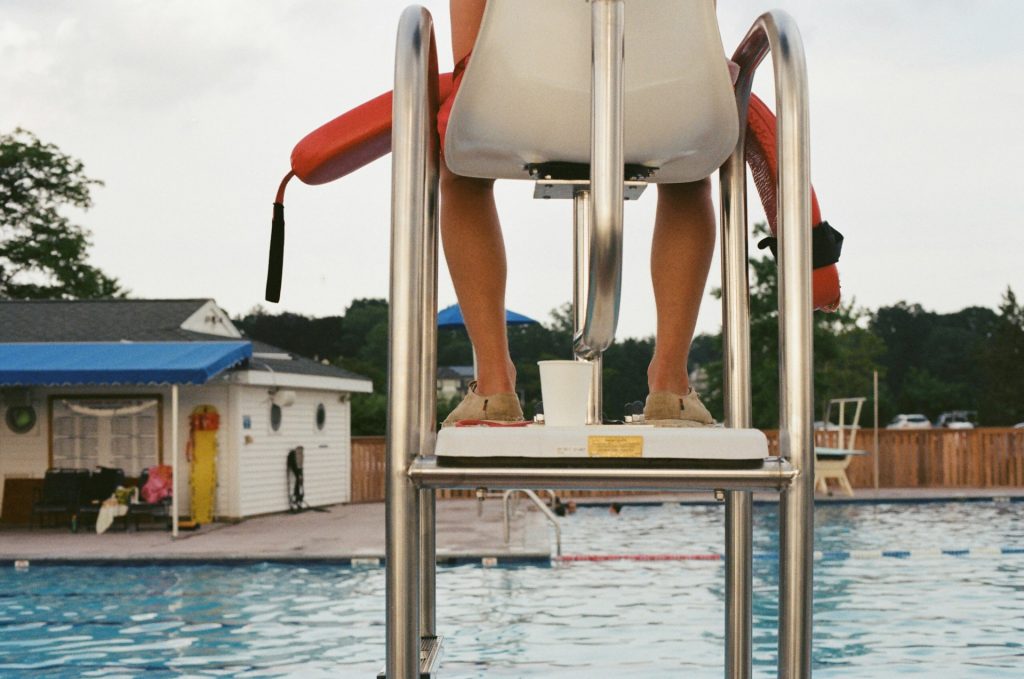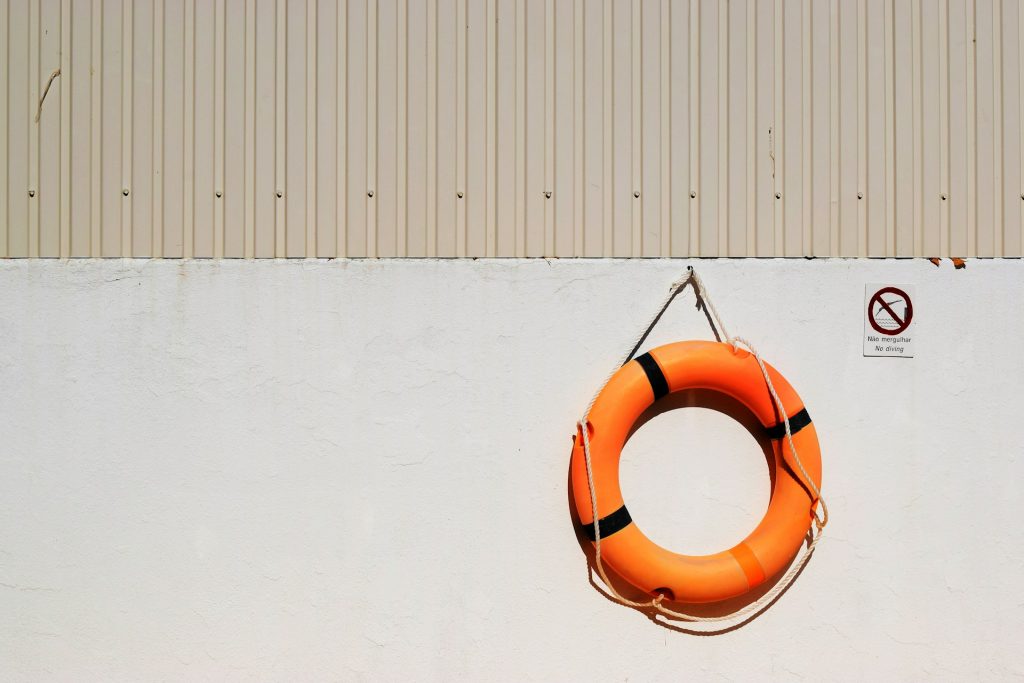
The allure of a sparkling pool on a sunny day is undeniable. Whether it’s in your backyard or at a public facility, swimming pools offer a refreshing escape from the heat and a fun way to exercise or relax. However, amidst the enjoyment, it’s crucial to prioritize safety to prevent accidents and ensure a worry-free swimming experience for everyone. In this blog post, we’ll delve into essential pool safety solutions that every pool owner and swimmer should be aware of.
Enforce Supervision
No safety technology can replace the importance of active supervision around a pool. Children, in particular, should always be supervised by a Pool Guard, or a responsible adult when near or in the pool. Designate a “water watcher” whose sole responsibility is to monitor swimmers without distractions like cell phones or other electronic devices. Remember, drowning can happen silently and quickly, so constant vigilance is key.
Importance of Pool Safety
Prioritizing pool safety is paramount due to the alarming statistics regarding unintentional drownings, especially among young children. According to the Centers for Disease Control and Prevention (CDC), approximately 10 people lose their lives daily in the United States due to unintentional drownings, with children aged 1 to 4 facing the highest risk.
These incidents are preventable tragedies, emphasizing the critical need for implementing proper safety measures. By raising awareness about the significance of pool safety and taking proactive steps to secure pool areas, provide supervision, and promote water safety education, we can significantly reduce the risk of drownings and ensure that everyone can enjoy swimming in a safe and secure environment.
Secure Pool Fencing
One of the fundamental safety measures for any pool is having a secure fence around it. This fence serves as a barrier to prevent unsupervised access, especially for young children or pets who may wander near the pool area. The Consumer Product Safety Commission (CPSC) recommends that pool fences should be at least 4 feet high and have self-closing and self-latching gates. Additionally, fences should not have any footholds or handholds that could facilitate climbing.
Install Pool Alarms
Installing pool alarms complements physical barriers like fences, enhancing overall pool safety. Various types of pool alarms exist, such as surface wave sensors, sub-surface disturbance sensors, and perimeter alarms. These sophisticated systems are designed to detect unauthorized entry into the pool area or any disturbances in the water. Upon detection, pool alarms trigger immediate alerts, notifying homeowners or responsible adults of potential dangers.
This proactive approach enables swift responses to potential hazards, reducing the risk of accidents or drowning incidents. Pool alarms are particularly beneficial in situations where active supervision may not be constant, such as during gatherings or when children are playing near the pool. By investing in pool alarms and integrating them into your pool safety measures, you create a more comprehensive safety net, promoting a safer and more enjoyable swimming environment for everyone.
Provide Swimming Lessons
Another critical aspect of pool safety is ensuring that everyone who uses the pool, especially children, knows how to swim. Enroll children in age-appropriate swimming lessons taught by qualified instructors. Even adults who are not confident swimmers can benefit from swimming lessons to improve their water safety skills.
Keep Safety Equipment Handy
Be prepared for emergencies by keeping essential safety equipment near the pool. This includes reaching poles, life jackets, first aid kits, and a phone with emergency numbers programmed. Ensure that everyone knows where these items are located and how to use them effectively in case of an emergency.
Regular Maintenance and Inspections
Maintaining a safe pool environment also involves regular inspections and maintenance. Check pool equipment such as pumps, filters, and drains regularly to ensure they are functioning correctly. Keep the pool area clean and free from debris, as slippery surfaces or obstacles can pose safety hazards.
Educate Pool Users
Education is a powerful tool in promoting pool safety. Educate everyone who uses the pool, including family members, guests, and children, about the importance of following safety rules. Teach basic water safety practices such as not running near the pool, not diving into shallow water, and understanding pool depth markings.
Consider Additional Safety Features
Depending on your pool’s design and usage, you may want to consider additional safety features such as pool covers, anti-entrapment devices on drains, or poolside emergency equipment like ring buoys or automated external defibrillators (AEDs). These extra measures can enhance overall safety and preparedness.

In conclusion, pool safety should be a top priority for anyone who owns or uses a swimming pool. By implementing essential safety solutions such as secure fencing, pool alarms, active supervision, swimming lessons, and regular maintenance, you can significantly reduce the risk of accidents and enjoy a safe and enjoyable swimming experience. Remember, staying safe and swimming smart go hand in hand, ensuring that everyone can make the most of their time in and around the pool.



